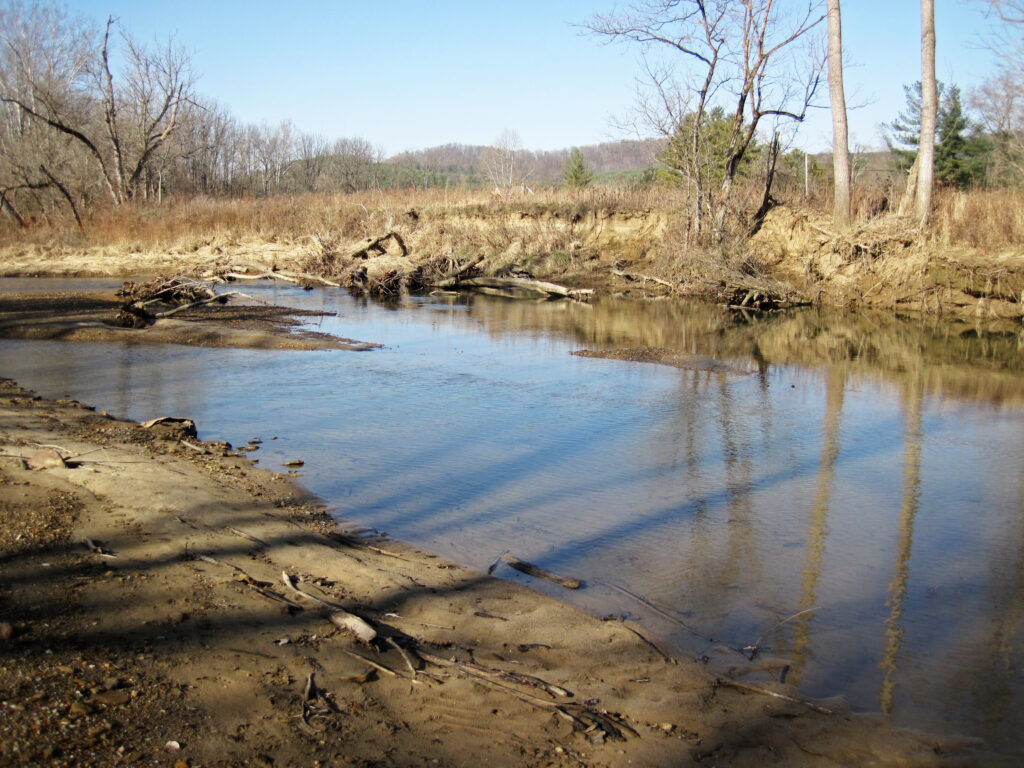In the misty shadows of prehistoric landscapes, vast networks of wetlands and swamps once served as both sanctuary and hunting ground for countless dinosaur species. These waterlogged ecosystems, teeming with life and vegetation, created perfect conditions for dinosaur habitation while simultaneously preserving their remains for future discovery. Today, paleontologists unearth these ancient creatures from what were once muddy bottoms and peat bogs, painting a vivid picture of life in these primeval wetlands. The relationship between dinosaurs and these swampy environments offers fascinating insights into prehistoric ecology, evolution, and the interconnected nature of life millions of years before humans walked the Earth.
The Cretaceous Wetlands: Earth’s Ancient Waterworlds
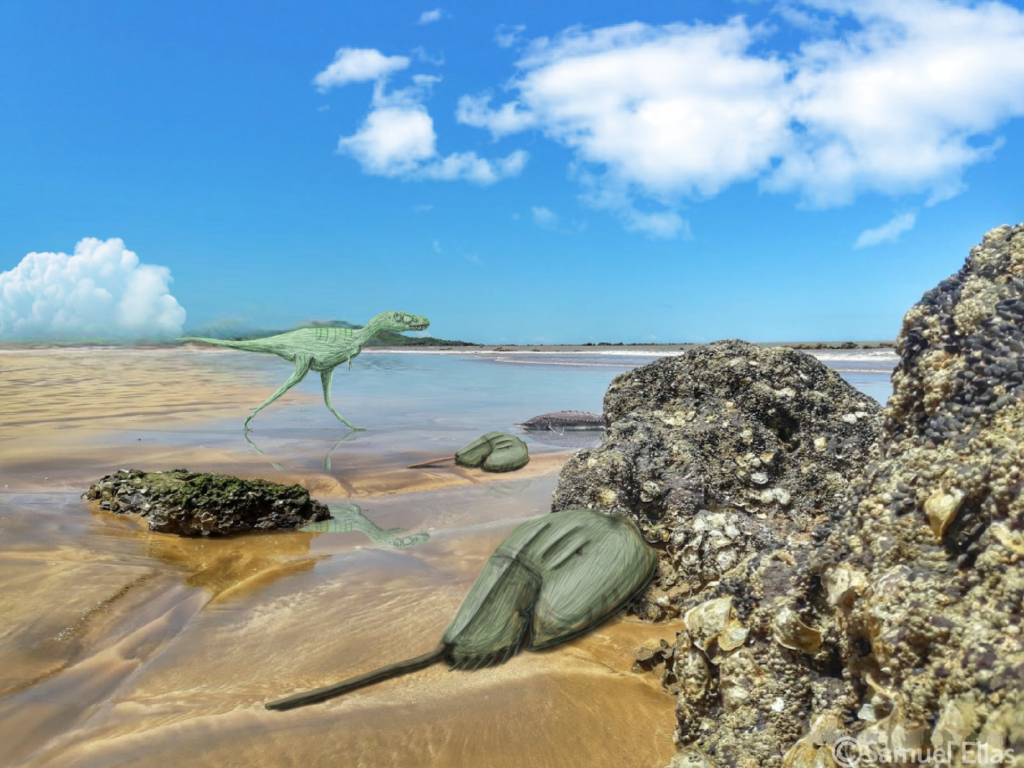
During the Cretaceous period (145-66 million years ago), much of Earth’s landscape consisted of extensive wetland systems that dwarfed even our largest modern swamps. These vast waterlogged environments covered significant portions of what would become North America, Europe, and Asia, creating a world where land and water boundaries blurred. Fluctuating sea levels repeatedly flooded coastal plains, creating dynamic ecosystems where freshwater and saltwater zones intermingled. In North America alone, the Western Interior Seaway created an enormous wetland corridor that divided the continent, spanning from the Arctic Ocean to the Gulf of Mexico. These ancient wetlands supported incredibly diverse plant communities, including the first flowering plants, primitive conifers, ferns, and giant horsetails that created dense vegetation quite unlike anything in our modern world.
Hell Creek Formation: America’s Dinosaur Treasure Trove
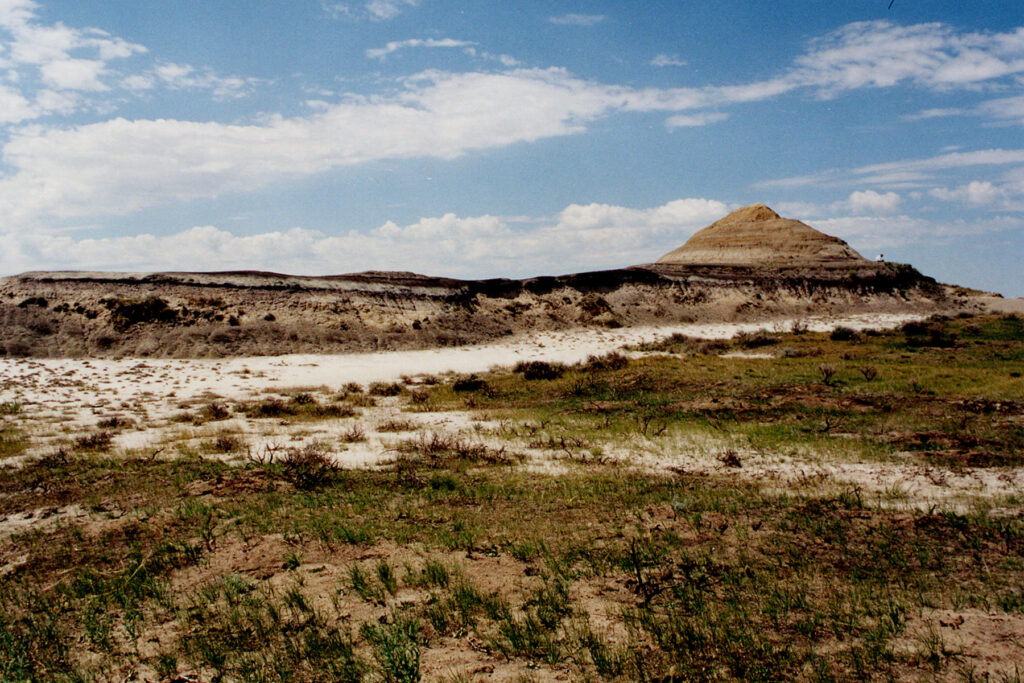
The Hell Creek Formation, spanning portions of Montana, North Dakota, South Dakota, and Wyoming, represents one of the world’s most significant windows into late Cretaceous wetland environments. This geological formation preserves the remains of an ancient river floodplain system that existed approximately 66-68 million years ago, just before the extinction event that eliminated non-avian dinosaurs. The ancient wetland ecosystem preserved here supported numerous famous dinosaur species, including Tyrannosaurus rex, Triceratops, and several duck-billed dinosaur species. Paleontologists working in Hell Creek have uncovered remarkably complete specimens, including “Sue,” the most complete T. rex skeleton ever discovered. The fine-grained mudstones and siltstones found in this formation indicate slow-moving water and swampy conditions that quickly buried fallen dinosaurs, creating ideal preservation conditions that have allowed scientists to study not just bones, but sometimes skin impressions, stomach contents, and other soft tissues.
The Nemegt Formation: Mongolia’s Prehistoric Oasis
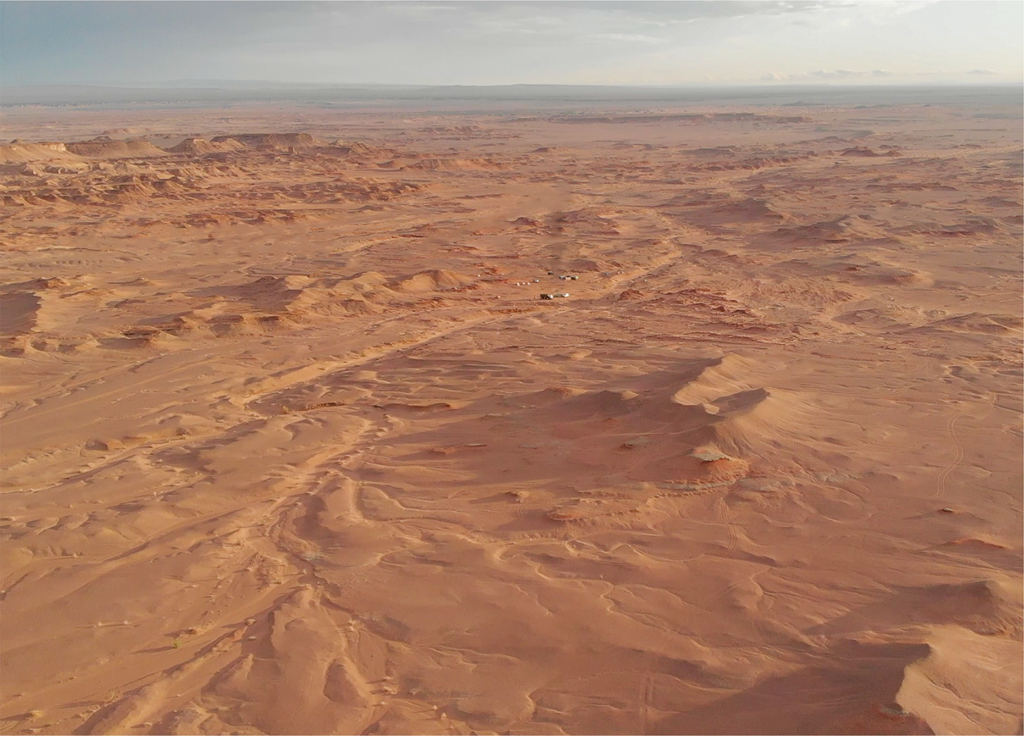
In stark contrast to today’s arid Gobi Desert landscape, the Late Cretaceous Nemegt Formation of Mongolia preserves evidence of lush river channels, floodplains, and marshy environments that once dominated the region. This dramatic environmental shift highlights how dramatically Earth’s landscapes have transformed over geological time. The ancient wetlands of the Nemegt supported some of the most fearsome dinosaurs ever discovered, including Tarbosaurus (a close relative of T. rex) and the massive-clawed Therizinosaurus with its scythe-like appendages that stretched over three feet long. Particularly fascinating is evidence suggesting these wetlands experienced seasonal flooding cycles that created temporary lakes and swamps where dinosaurs congregated during dry periods. Paleontologists have discovered multiple dinosaur species buried together in what appear to be ancient watering holes, suggesting these wetlands served as crucial survival zones during seasonal changes, much as modern African watering holes concentrate diverse wildlife during droughts.
Wetland Dinosaurs: Specialized Adaptations

Many dinosaur species evolved specialized adaptations that allowed them to thrive specifically in wetland environments. Perhaps most remarkable were the spinosaurids, including Spinosaurus and Baryonyx, which developed crocodile-like snouts, conical teeth, and dense bones that aided in aquatic hunting and swimming. Recent research has confirmed that Spinosaurus possessed a paddle-like tail unlike any other known dinosaur, representing a true semi-aquatic adaptation. Hadrosaurs (duck-billed dinosaurs) evolved complex dental batteries perfect for processing fibrous wetland vegetation, while their wide, flattened snouts may have been used to sift through muddy waters for edible plants. Some species, like Edmontosaurus, had wide, splayed feet that prevented sinking in soft mud, similar to modern moose adaptations. These specialized features demonstrate that wetlands were not merely habitats dinosaurs passed through, but ecosystems they specifically evolved to exploit, representing millions of years of adaptation to these productive environments.
Dakota Formation: Preserving Dinosaur Skin

The Dakota Formation, spanning parts of Kansas, Nebraska, and the Dakota territories, represents an ancient coastal plain and delta system that existed during the early Late Cretaceous period (about 100-95 million years ago). This formation’s unique preservation conditions have yielded some of the most remarkable dinosaur discoveries, including “Dakota,” a mummified hadrosaur with extensive skin impressions that revolutionized our understanding of dinosaur appearance. The rapid burial in oxygen-poor wetland sediments prevented complete decomposition, preserving not just bones but also skin, scale patterns, and potentially other soft tissues. Analysis of the preserved skin has revealed that hadrosaurs possessed more complex skin textures than previously believed, with varied scale patterns across different body regions. The Dakota Formation’s wetland environment created perfect conditions for this exceptional preservation, where fine-grained sediments rapidly entombed fallen animals before significant decomposition could occur, offering paleontologists rare glimpses of dinosaurs as living animals rather than just skeletal remains.
The Morrison Formation: Jurassic Wetland Giants
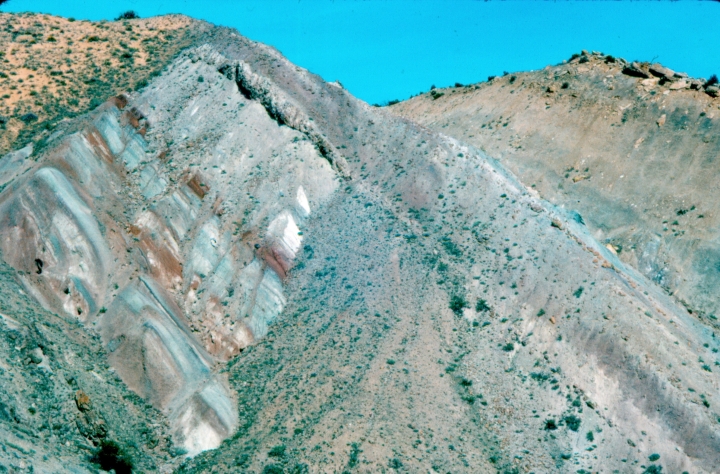
The Morrison Formation, sweeping across the western United States from Montana to New Mexico, preserves the remains of a vast Late Jurassic (155-145 million years ago) environment dominated by river systems, floodplains, and seasonal wetlands. This famous geological formation has yielded some of the most iconic dinosaur discoveries in history, including numerous specimens of immense sauropods like Diplodocus, Apatosaurus, and Brachiosaurus. Geological evidence indicates these massive herbivores navigated through extensive wetland systems with shallow lakes and marshes that would have provided crucial vegetation. Fossil evidence suggests these giant sauropods may have engaged in “stomach flooding” – deliberately consuming wetland water along with plants to aid in the digestive breakdown of tough vegetation. The Morrison’s wetland environment seems to have supported a remarkably high biomass of gigantic herbivores, suggesting these swampy ecosystems were incredibly productive, capable of sustaining animals that weighed up to 80 tons through their prodigious plant growth.
China’s Jehol Biota: Feathered Dinosaurs in Ancient Marshes
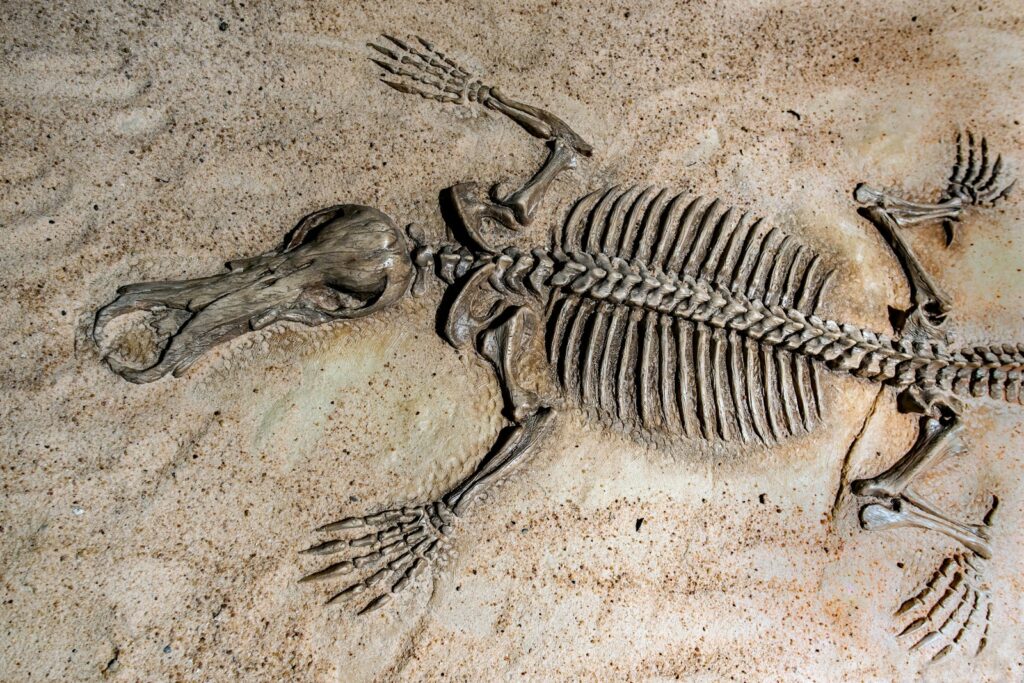
The extraordinarily well-preserved Jehol Biota from northeastern China represents one of the most significant fossil assemblages in the world, capturing an Early Cretaceous (131-120 million years ago) ecosystem centered around lakes and marshes. This ancient wetland environment has yielded spectacular fossils of feathered dinosaurs, early birds, mammals, and amphibians, often preserving not just bones but also soft tissues, feathers, skin, and even stomach contents. The fine volcanic ash that repeatedly blanketed these wetlands created ideal preservation conditions, capturing dinosaurs in extraordinary detail. Among the most famous discoveries are Microraptor, a four-winged feathered dinosaur that likely glided between trees around these ancient marshes, and Sinosauropteryx, the first non-avian dinosaur confirmed to have feathers. The wetland environment played a crucial role in this exceptional preservation, as the oxygen-poor lake bottoms prevented decomposition before fossilization could occur, giving us unprecedented glimpses into the diversity of dinosaur appearance and behavior in these ancient swampy habitats.
Predator-Prey Dynamics in Ancient Wetlands
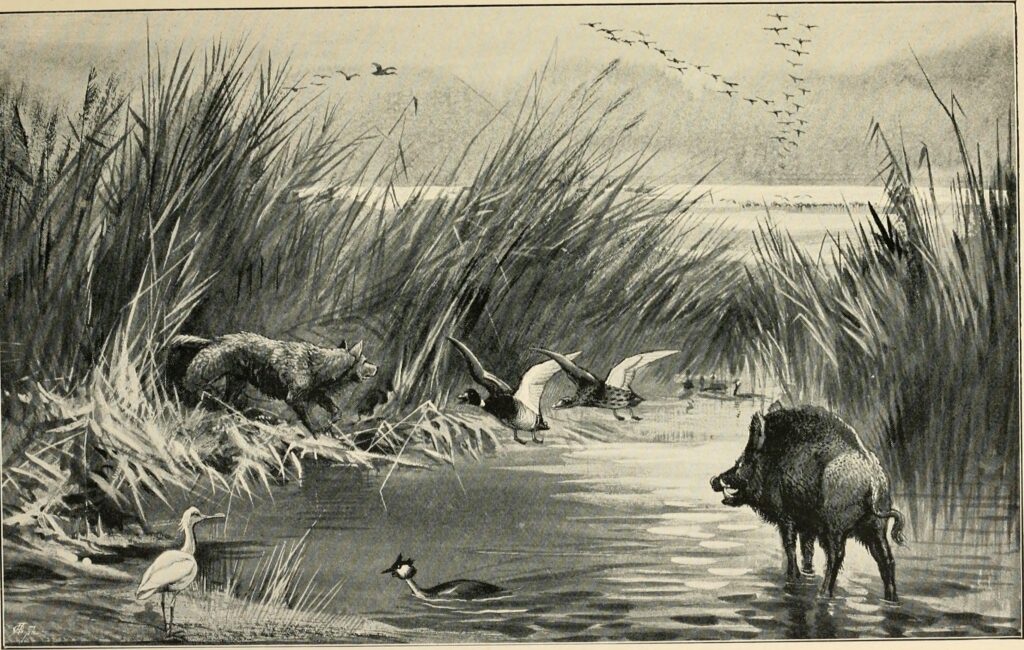
Ancient wetlands created unique ecological dynamics between predatory dinosaurs and their prey, shaping hunting strategies and defensive adaptations in ways that differed dramatically from drier habitats. Tyrannosaurs and other large predators likely used the dense vegetation of swamps for ambush opportunities, while simultaneously facing challenges navigating soft, muddy terrain that could slow their pursuit. Fossil evidence from multiple sites shows bite marks on hadrosaur tail vertebrae, suggesting these prey animals may have used shallow water as escape routes, where their wide feet gave them mobility advantages over some predators. Particularly fascinating is evidence that some predators, like the spinosaurids, specialized in hunting along waterways, possibly using tactics similar to modern herons or crocodiles by standing in shallow water to strike at fish or smaller dinosaurs that came to drink. The complex mosaic of deep water, shallows, and dry islands within these ancient wetlands created an intricate landscape where predator-prey interactions would have been shaped by which animal held the advantage in each specific microhabitat.
Wetland Preservation: Why Swamps Make Perfect Dinosaur Tombs
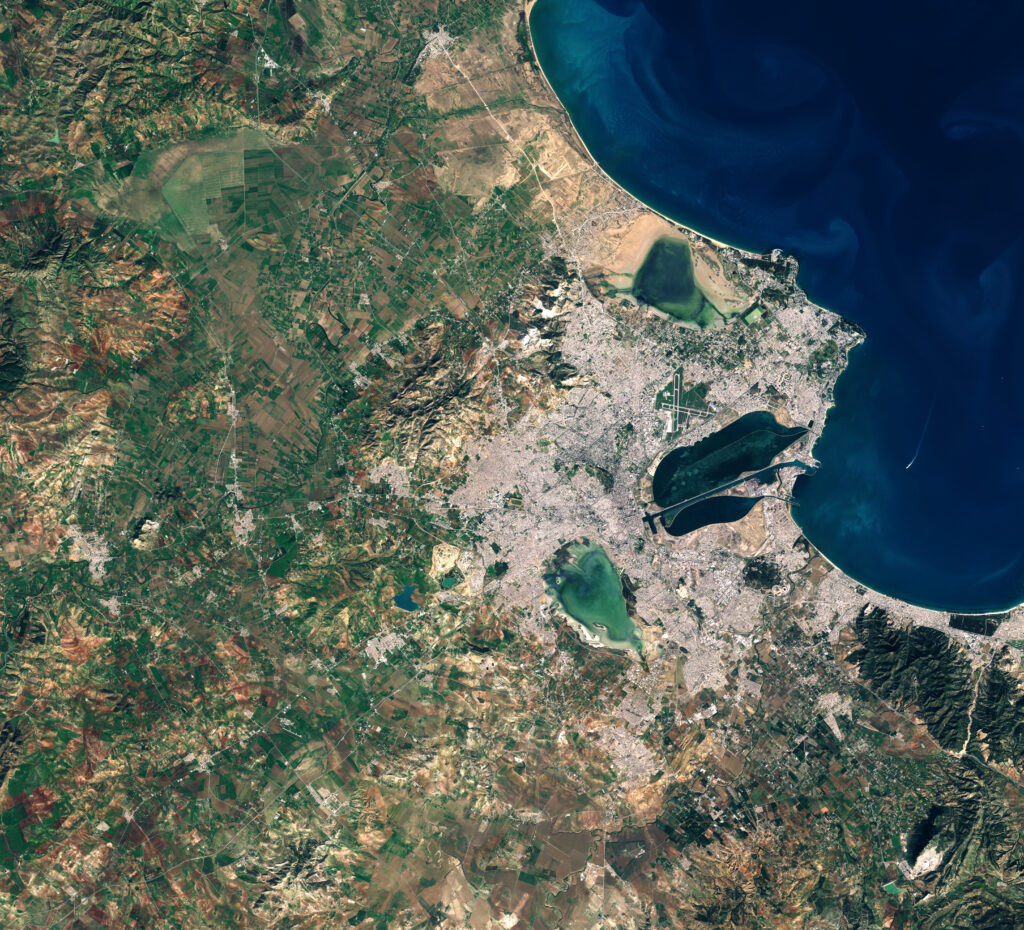
The unique conditions present in ancient wetlands and swamps made them ideal environments for fossil preservation, explaining why many of our most complete dinosaur specimens come from these habitats. The oxygen-poor conditions at the bottom of swamps and bogs significantly slow decomposition processes, giving more time for mineralization to occur before soft tissues and bones deteriorate. Fine-grained sediments common in wetlands, like silts and clays, can encase remains with remarkable detail, preserving small features that would be lost in coarser sediments. Additionally, the waterlogged nature of these environments often prevented scavengers from accessing and dismembering carcasses, leading to more complete skeletal preservation. The chemical composition of wetlands, often acidic and containing tannins from plant material, can also aid in preservation by inhibiting bacterial growth. These combined factors explain why paleontologists frequently target ancient wetland deposits when searching for well-preserved dinosaur specimens, as these environments operated as natural preservation chambers for millions of years.
Two Medicine Formation: Nesting Grounds in Coastal Wetlands

The Two Medicine Formation in Montana preserves a Late Cretaceous (80-74 million years ago) coastal plain environment that consisted of extensive wetlands adjacent to the Western Interior Seaway. This formation has yielded some of the most significant discoveries related to dinosaur reproductive behavior, including multiple nesting grounds of the duck-billed dinosaur, Maiasaura. These discoveries revolutionized our understanding of dinosaur parental care, as evidence suggested these animals were returning to the same nesting sites year after year, building nests in wetland environments. The soft, moist soils of these wetlands would have provided ideal conditions for nest construction, while the abundant vegetation supported juvenile growth. Particularly fascinating is evidence suggesting these dinosaurs were nesting in colonies, with hundreds of nests clustered together in what were ancient marshy areas. The wetland environment likely provided both protection from some predators and abundant food resources for growing hatchlings, making these habitats crucial to dinosaur reproductive strategies and population sustainability in ways we’re only beginning to understand.
Climate Change and Wetland Dinosaur Habitats

Throughout the Mesozoic Era, Earth’s climate underwent significant fluctuations that dramatically impacted the extent and character of wetland habitats, consequently affecting dinosaur distribution and evolution. During particularly warm periods, like the mid-Cretaceous, expanded wetlands created vast habitat corridors that allowed certain dinosaur species to achieve nearly global distributions. Evidence from ancient soil samples, plant fossils, and geological indicators shows that some regions experienced dramatic shifts between dry and wetland conditions over relatively short geological timeframes. Dinosaur fossil distribution patterns often correlate with these climate-driven wetland expansions and contractions, suggesting these animals migrated following suitable habitat. Particularly interesting is evidence that some dinosaur groups evolved specialized adaptations during periods when wetlands dominated landscapes, only to face evolutionary pressure when these habitats contracted during drier periods. This dynamic relationship between climate, wetland habitats, and dinosaur evolution provides valuable context for understanding how modern climate change might impact wetland-dependent species, highlighting the deep history of climate’s influence on biodiversity.
Dinosaur Provincial Park: Canada’s Wetland Time Capsule
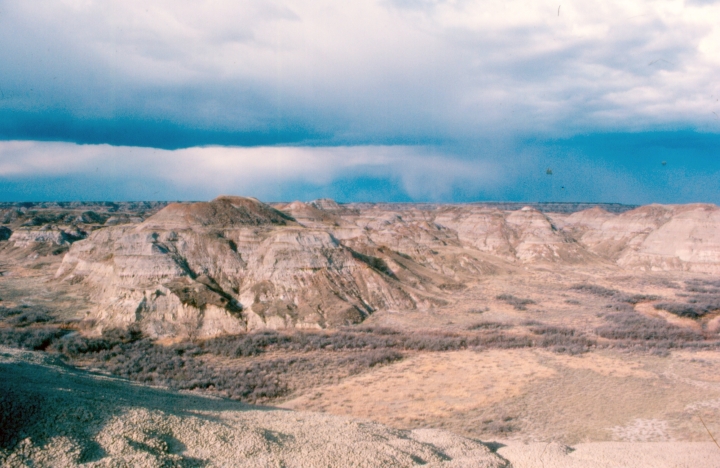
Dinosaur Provincial Park in Alberta, Canada, stands as one of the world’s richest dinosaur fossil localities, preserving an ancient river delta and coastal wetland ecosystem from approximately 75 million years ago. This UNESCO World Heritage site has yielded over 500 dinosaur species, many preserved in remarkable completeness due to the ancient wetland environment. The landscape during the Late Cretaceous consisted of lush coastal plains with meandering rivers, oxbow lakes, and extensive marshes adjacent to the Western Interior Seaway. Seasonal flooding events likely caused mass dinosaur mortality, with floodwaters carrying carcasses into slow-moving water where they were rapidly buried by sediment. The park’s distinctive badlands expose layer upon layer of ancient wetland sediments, allowing paleontologists to track changes in dinosaur communities over time as environmental conditions shifted. This extraordinary fossil concentration in former wetland sediments has allowed scientists to reconstruct entire dinosaur communities with unusual precision, revealing how different species coexisted within these productive swampy ecosystems.
Future Discoveries: Unexplored Ancient Wetlands
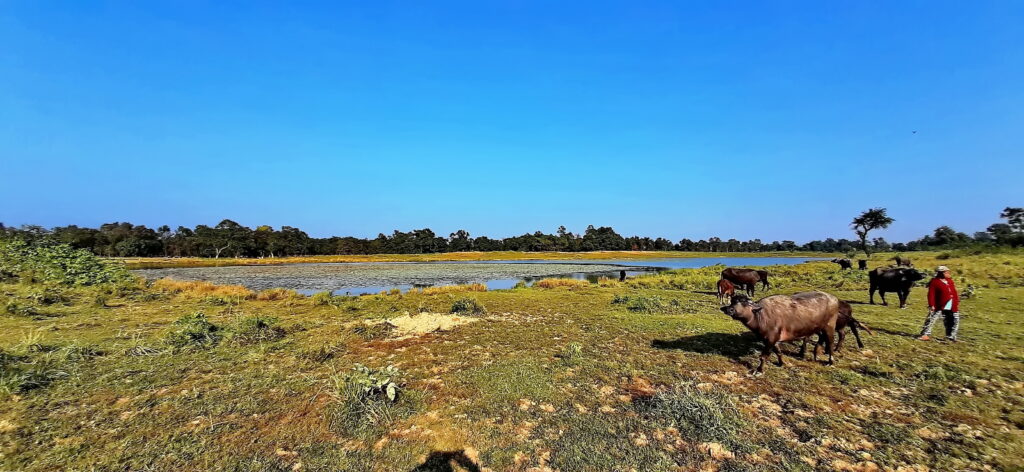
Despite centuries of paleontological research, many ancient wetland environments around the world remain virtually unexplored, holding tremendous potential for future dinosaur discoveries. Regions in Africa, particularly in Niger, Mali, and Madagascar, contain extensive unexplored formations known to preserve ancient wetland environments that have barely been investigated. Similarly, parts of Brazil’s Bauru Basin preserve what were once extensive Cretaceous wetlands that have yielded tantalizing dinosaur fragments but remain largely unexcavated. Even in well-studied regions like North America, new techniques allow paleontologists to identify previously overlooked ancient wetland deposits using remote sensing and geological mapping methods. Climate change and erosion are continuously exposing new fossil-bearing layers in remote regions, while advancing technology like ground-penetrating radar and CT scanning allows researchers to locate and study fossils without destructive excavation. The future of dinosaur paleontology will likely include major discoveries from these unexplored ancient wetlands, potentially revolutionizing our understanding of dinosaur diversity, behavior, and ecology in these crucial habitats.
Conclusion
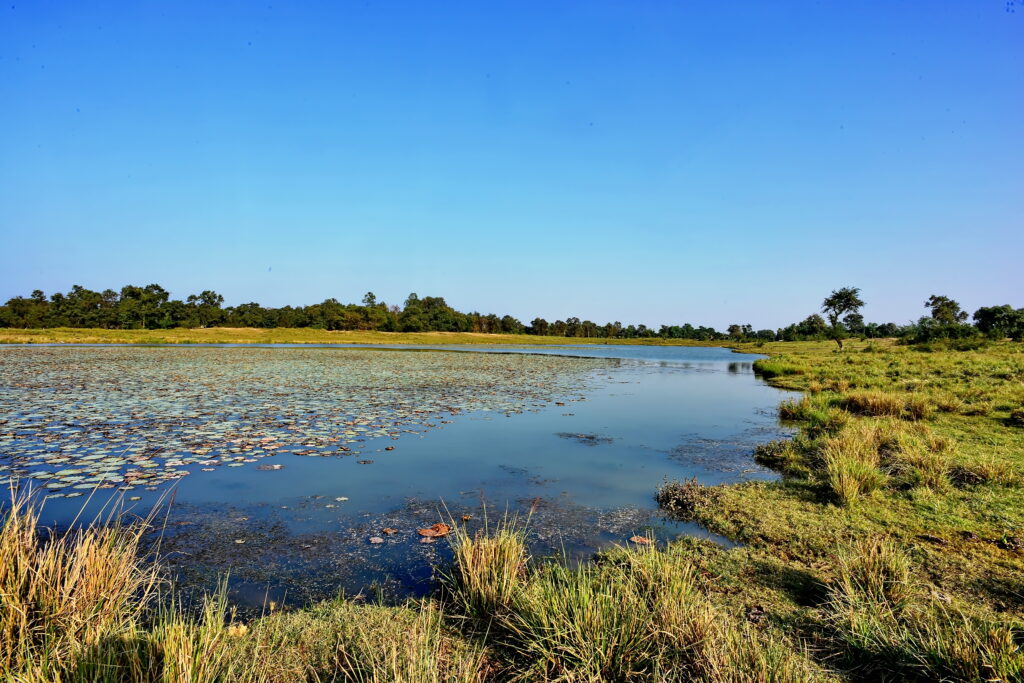
The relationship between dinosaurs and ancient wetland ecosystems represents one of the most fascinating chapters in Earth’s biological history. These waterlogged environments not only supported incredible dinosaur diversity through their abundant resources but also preserved exceptional fossil records that continue to illuminate prehistoric life. From the massive sauropods that browsed in Jurassic marshes to the specialized semi-aquatic predators that hunted in Cretaceous swamps, wetlands shaped dinosaur evolution while simultaneously creating the perfect conditions to preserve their remains for future discovery. As paleontologists continue exploring ancient wetland deposits worldwide, we can expect our understanding of these magnificent creatures and their swampy domains to grow even richer, revealing more secrets about how dinosaurs thrived in Earth’s primeval waterworlds for over 150 million years.

